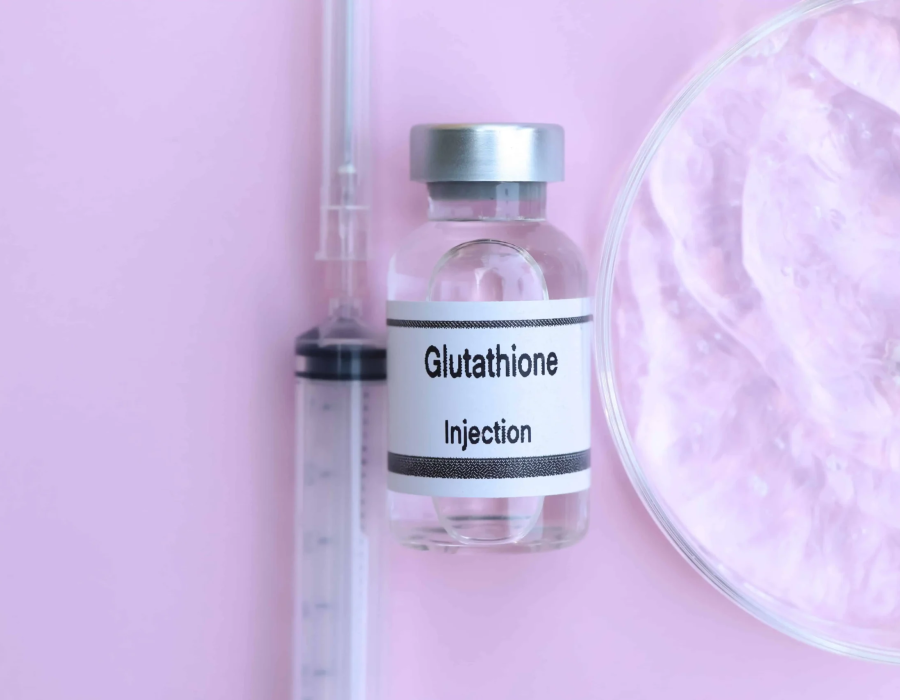Glutathione, often referred to as the body's master antioxidant, plays a vital role in various cellular processes, including detoxification, immune response, and the maintenance of cellular health. As awareness of its importance grows, more individuals are turning to glutathione injections as a way to enhance their overall health and well-being. However, many people wonder: How many Glutathione Injections do You need to see Results?
Understanding Glutathione Injections
Glutathione injections are a method of delivering this powerful antioxidant directly into the bloodstream. This method is preferred by many because it bypasses the digestive system, ensuring that the body can absorb the glutathione more efficiently than through oral supplements. These injections are often administered in a clinical setting and are believed to help with skin brightening, anti-aging, and supporting liver health, among other potential benefits.
The effectiveness of glutathione injections can vary from person to person, influenced by factors such as age, health condition, and individual response to the treatment. For those considering this form of supplementation, understanding the appropriate frequency and dosage of glutathione injections is crucial for achieving desired outcomes.
Recommended Dosage and Frequency
The optimal number of glutathione injections largely depends on individual health goals and the advice of a healthcare professional. Generally, for most individuals, a common regimen starts with several initial treatments followed by maintenance injections.
Initial Phase
During the initial phase, it is often recommended to receive glutathione injections two to three times per week. This phase typically lasts for about two to four weeks. The goal during this period is to build up the levels of glutathione in the body, allowing individuals to experience noticeable changes more quickly.
Each injection usually contains a dosage ranging from 600 mg to 1,200 mg of glutathione, depending on the specific health objectives and the practitioner's recommendation. It’s essential to consult with a healthcare provider to determine the appropriate dosage based on individual needs.
Maintenance Phase
After completing the initial phase, many practitioners suggest transitioning to a maintenance phase. This phase generally involves fewer injections—typically once every two to four weeks. The purpose of the maintenance phase is to sustain the elevated levels of glutathione achieved during the initial phase, ensuring ongoing support for overall health and well-being.
Monitoring and Adjustments
As with any health regimen, monitoring progress and making adjustments as necessary is crucial. Some individuals may find that their bodies respond well to the initial phase, while others might require additional treatments or different dosages. Regular check-ins with a healthcare professional can help fine-tune the injection schedule and ensure optimal results.
Factors Influencing Injection Frequency
Several factors can influence how many glutathione injections a person might need to boost results effectively. These include:
Age
As we age, our natural levels of glutathione decline. Older individuals may benefit from more frequent injections to counteract this decline and support overall health. In contrast, younger individuals may require fewer injections to achieve their health goals.
Health Status
Those with certain health conditions or compromised immune systems may require more frequent injections to achieve the desired levels of glutathione. Conditions such as chronic fatigue syndrome, liver disease, or autoimmune disorders may necessitate a different approach.
Lifestyle Factors
Diet, stress levels, and exposure to toxins can also impact glutathione levels. Individuals with a healthy lifestyle, including a balanced diet rich in antioxidants, may find that they need fewer injections to maintain optimal levels compared to those with a more stressful lifestyle or poor dietary habits.
Desired Outcomes
The specific health goals of the individual can also determine the frequency of injections. For example, those seeking to improve skin tone may opt for a different regimen than someone looking to support detoxification or enhance athletic performance.
Conclusion
Determining how many glutathione injections are necessary to boost results is not a one-size-fits-all approach. Individual factors such as age, health status, and specific health goals play a significant role in tailoring a glutathione injection regimen. Consulting with a healthcare professional is vital for creating a personalized plan that optimizes the benefits of glutathione injections while ensuring safety and effectiveness. By following a well-structured regimen and staying attuned to one’s body, individuals can enhance their health and well-being through the power of glutathione.






Comments